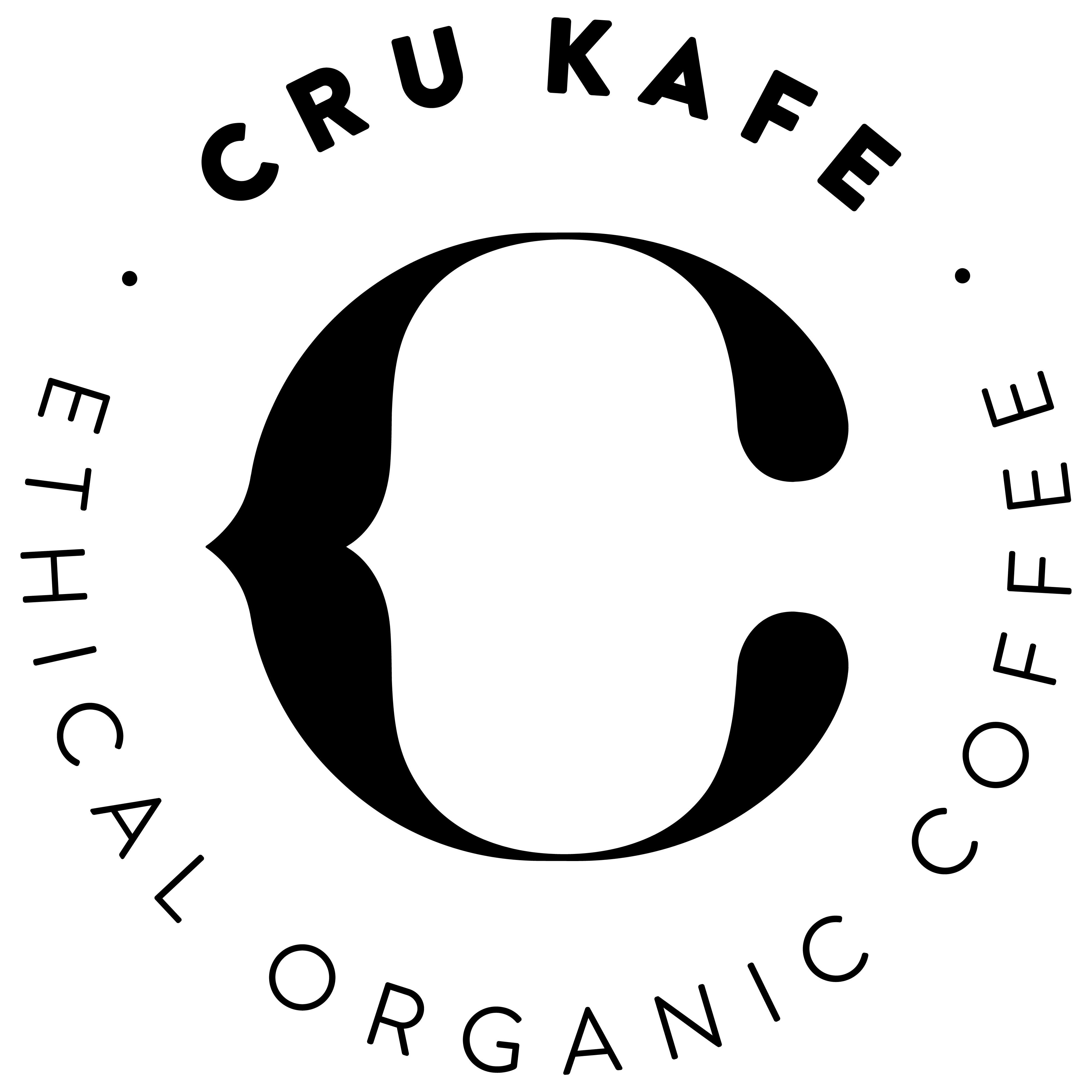When it comes to talking about decaf, we typically get one response: “What, in the name of everything that is holy, is the point?”
It’s weird, but in this age of growing food sensitivities and dietary fads (just think about the meteoric rise of veganism, the explosion of trendy soy-oat-almond milk-alternatives, the amount of gluten-free this & ketogenic that) drinking decaf stills holds a weird stigma for many people that we feel is a bit unfairly weighted. All in all, we think decaf deserves a better press - so we thought we’d get together a quick article to try and win some of you caffeine addicts over.
The Origin Story
The first commercially successful decaf process was invented in 1905 by Luwig Roselius, a German coffee merchant who stumbled across the method after a shipment of coffee beans he was expected got soaked in seawater during transit. Instead of just chucking them out, he went ahead and processed them - and found out that whilst they still tasted of coffee, the caffeine had apparently all but gone (to be replaced, we imagine, by a bit of a salty tang as well). Roselius figured out he could use a chemical called benzene to recreate this process, and decaf coffee - in commercial form - was created.
Like yourselves, we’re not 100% sure whether we believe this tale, but it does make it a bit more interesting, right?
The Three Techniques
I - Solvent
From Roselius’ first attempt, the decaffeination of coffee has got a bit more sophisticated, and a lot safer. Benzene - a known carcinogen that can be used to strip paint - is thankfully no longer used, but solvent-based methods are still widespread and, in our opinion, not the right way to do it. These effectively use chemicals (commonly using either ethyl acetate or methylene chloride) to strip the caffeine from the beans once they’ve become heated in water.
I - Swiss Water
Probably the most well known method of decaffeinating coffee is the ‘Swiss Water’ method; where the coffee beans are bathed in water and the caffeine removed with carbon. The beans are then taken out of the bath and returned to reabsorb everything that’s remaining (minus the caffeine of course). Whilst this process is undeniably attractive, it is rather expensive - and there is one other method that is just as good at making great tasting, organic decaf coffee.
I - CO2
The CO2 method (or ‘Sparkling Water’ method as we call it) is the process we use here at CRU Kafe to decaffeinate our coffees. At its simplest level, it uses superheated carbon dioxide to extract the caffeine from the green beans as it passes through them, keeping everything else intact. The great thing about this process is that all the waste products can be reused as well.
The Taste Debate
We’d like to say that you wouldn’t be able to tell the difference between caffeinated and decaffeinated coffee, but the truthful answer is there’s always going to be a slight alteration in taste. Whilst the processes we’ve described above (especially the last two) are designed to just target the caffeine, the nature of extraction means that other components that make up the bean are pulled away as well. This is only a fraction of the overall composition of the bean, but it does make a difference to the end product - there’s no escaping that.
But what, we say, is the problem with that? Whilst the original makeup of the bean may be slightly altered (and we mean slightly), the depth, body and nuances of the cup still remain - and deliver fantastic cups of coffee. Heck, there are companies out there adding flavours like vanilla, cinnamon and coconut to their coffee blends - and you’re saying that it’s decaf coffee that doesn’t taste like the real deal?
With the progress made over the last few years with the processes mentioned above, you can’t really tell when you’re drinking a cup of decaf. The only giveaway is that you won’t get that delayed 20min shot of jittery - and sometimes, every now and then, that’s a good thing.
So why not give decaf a go? you might just find that it’s your new favourite blend.




